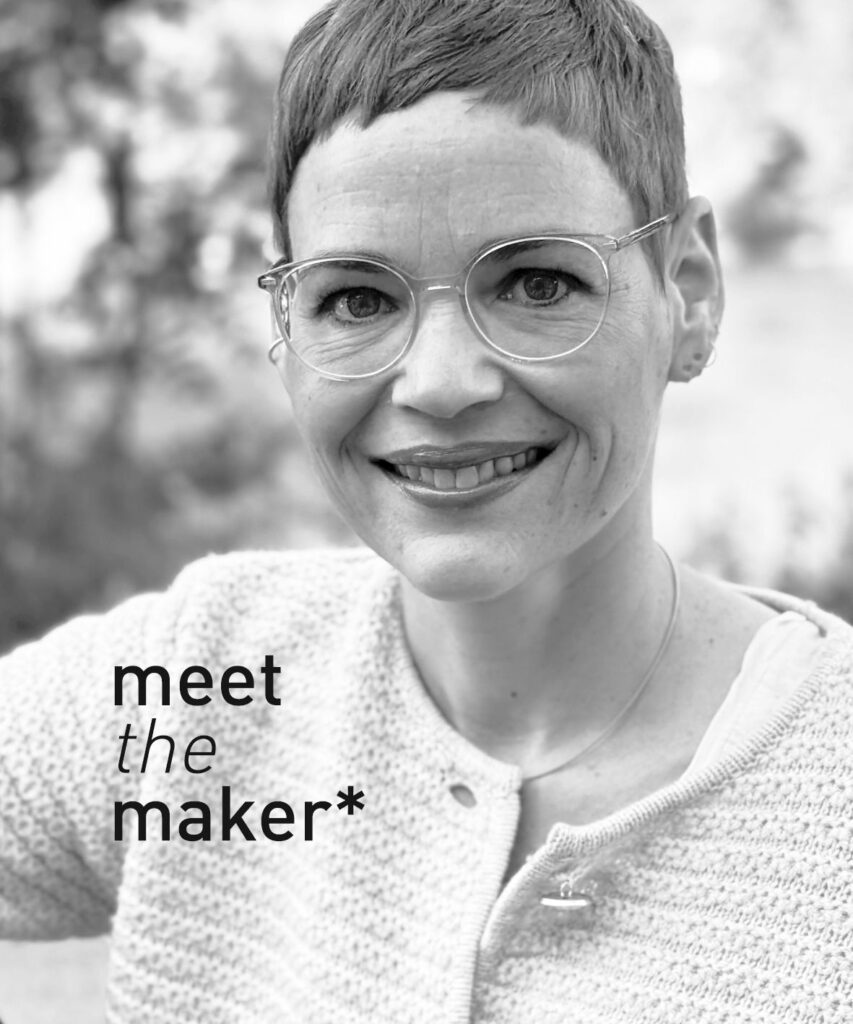
Meet the Maker: Nele Eckstein
Meet the Maker: Nele Eckstein The seasons are shifting. Leaves are turning gold, the air
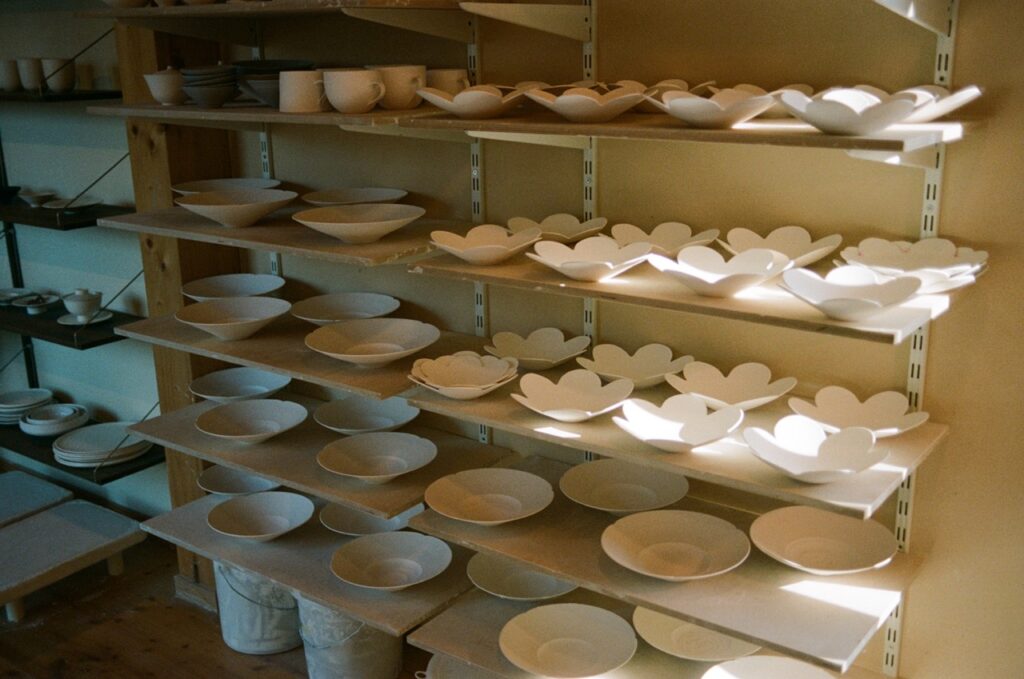
Hi there! I am Sam, a studio teacher and staff member here at db pottery.

Recently, I had the chance to participate in an exclusive porcelain workshop led by the incredible Lilly Haas, a Zurich-based ceramic artist and founder of Studio Idakumori.
This hands-on workshop was part of db pottery’s member-exclusive offerings (just one of the perks of having a ceramic studio membership with db), although many of our courses are also open to the public. Whether you’re new to porcelain or already comfortable throwing with it, I wanted to share the top five key learnings from this experience with Lilly that I think every potter can learn from.
This applies to all clay bodies, but with porcelain (which is known for being temperamental), a solid plan makes a huge difference. Before you start throwing, know:
A thoughtful approach helps you stay in control from start to finish, especially when working with a clay body as finicky as porcelain.
This goes hand-in-hand with planning. Porcelain rewards precision, and that starts on the inside. A well-formed interior guides everything else, especially trimming. Aim to match your inner and outer curves to keep your walls consistent.
If you’re planning to throw very thin, this is especially important. Porcelain can be deceptively soft and challenging to trim if the interior isn’t just right. You’ll likely need to remove more material later, and that’s much easier from the outside than the inside, especially for forms other than bowls.
Porcelain needs to be a little drier than leather-hard when you trim it. Because of its fine, smooth texture, trimming too early can result in tearing or warping. It’s all about timing, wait until the piece feels firm, but not brittle.
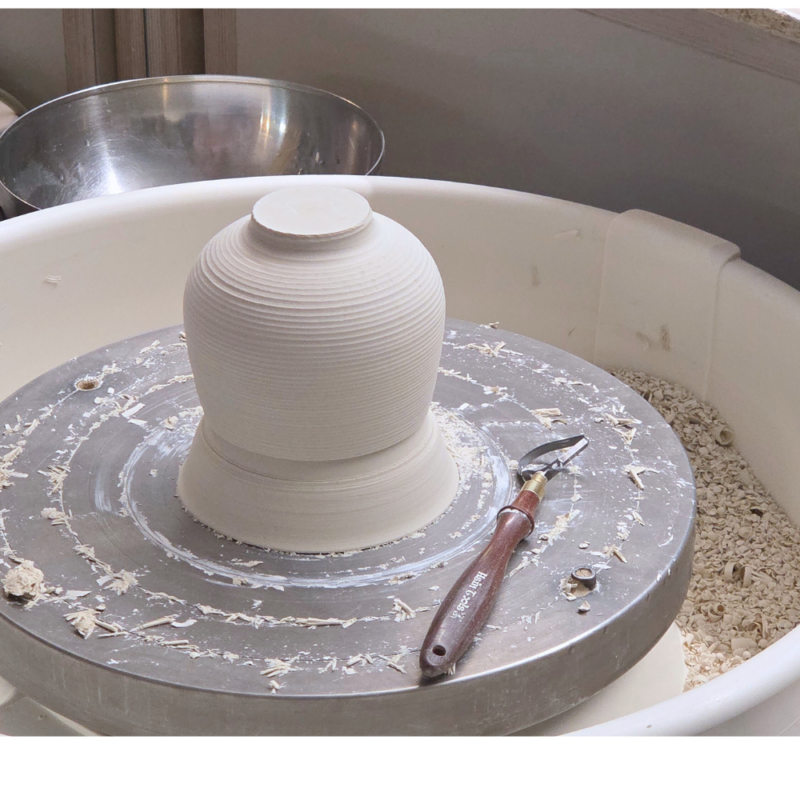
Trimming is one of the most important steps when working with porcelain. Lilly emphasized the need for precision and patience, especially when aiming for those ultra-clean lines porcelain is known for. Don’t rush this part; it's where the final shape and balance of your piece truly come to life.
Sharp tools are a must when working with porcelain. Dull tools can drag, snag, or even cause cracks, like the dreaded S-crack on the base of your piece. While this is often blamed on poor compression, Lilly pointed out another common culprit: trimming with worn-out tools.
When your tools are dull, you will need to apply more pressure to trim, which can create invisible micro-cracks that only show up after firing. Her advice? Invest in tools that are specifically reserved for porcelain, and don’t use them on grogged clays like stoneware, which will dull them quickly.
If you’re intrigued by the art of porcelain, we have some fantastic upcoming porcelain workshops in Zurich, open to all skill levels. Here are a few to check out:
These classes are a wonderful way to deepen your skills and explore the delicate beauty of working with porcelain.
Thanks for reading! If you’re interested in our studio space and becoming a db pottery member, check out our membership options and discover the benefits, including access to exclusive artist-led workshops like this one.
Hope to see you in the studio!
– Sam
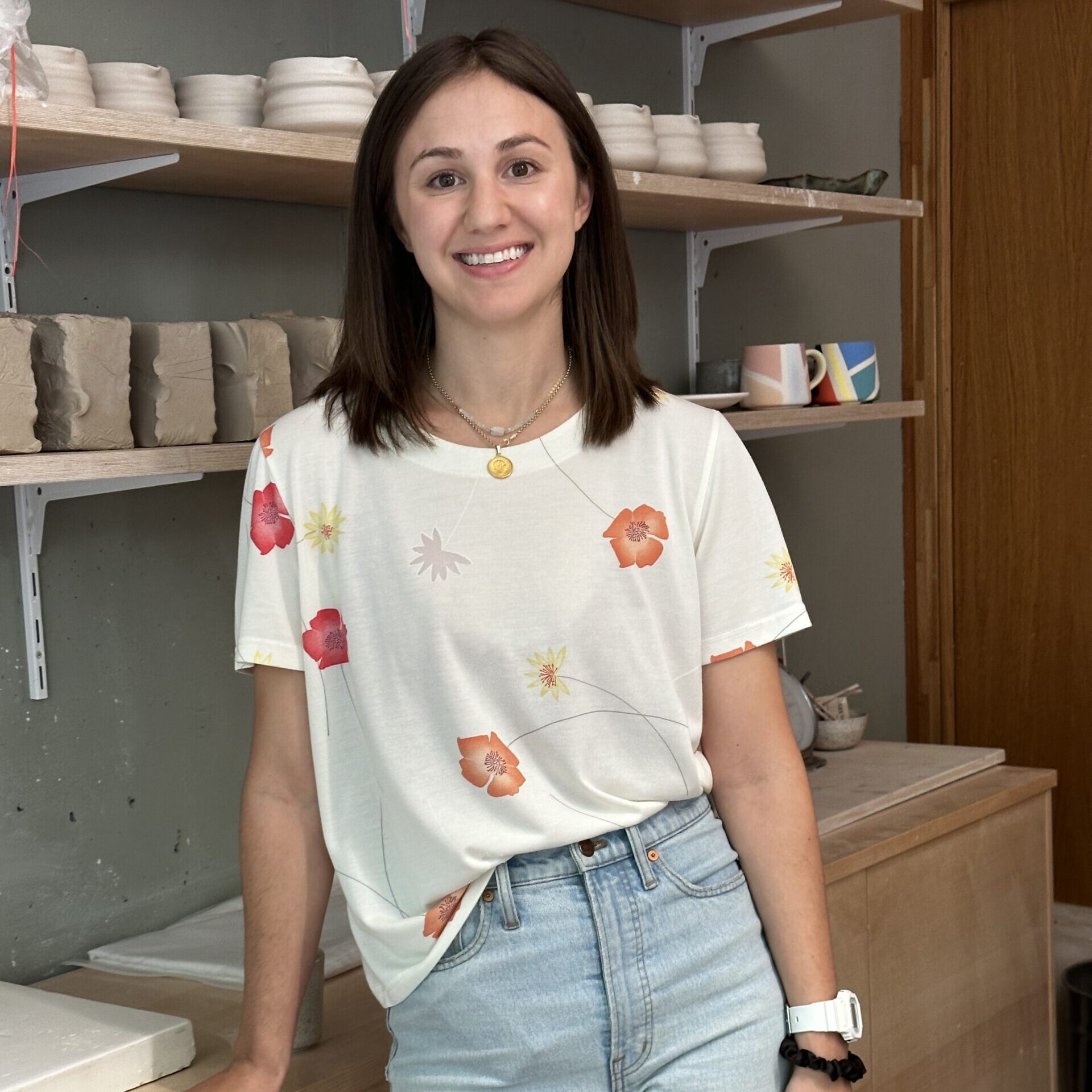

Meet the Maker: Nele Eckstein The seasons are shifting. Leaves are turning gold, the air
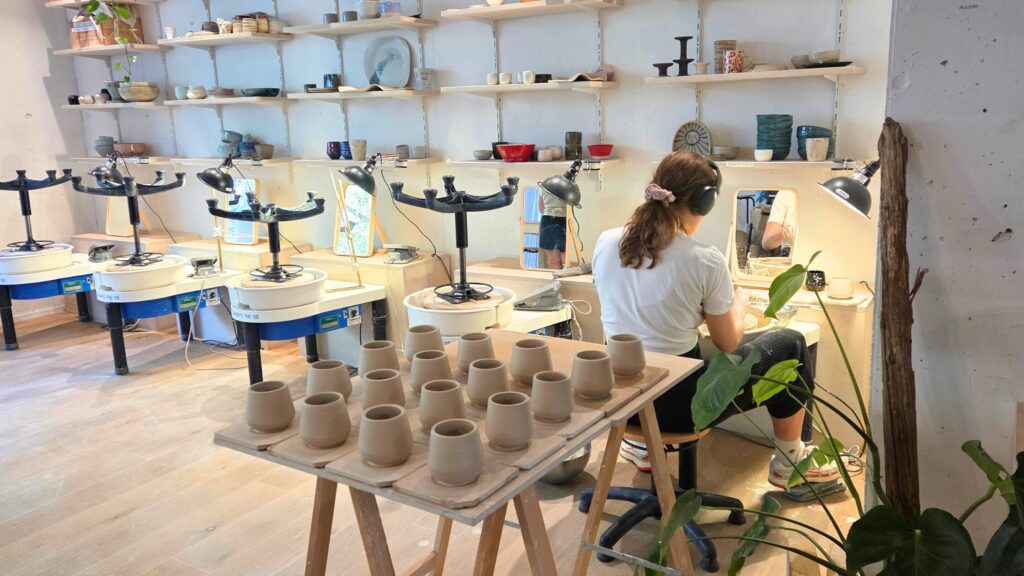
Töpferscheibe Tipps & Tricks Hallo, ich bin Yolanda und leite bei db pottery in Zürich

Ceramic Workshops at Zurich Design Weeks 2025 Every year in September, Zurich Design Week transforms
